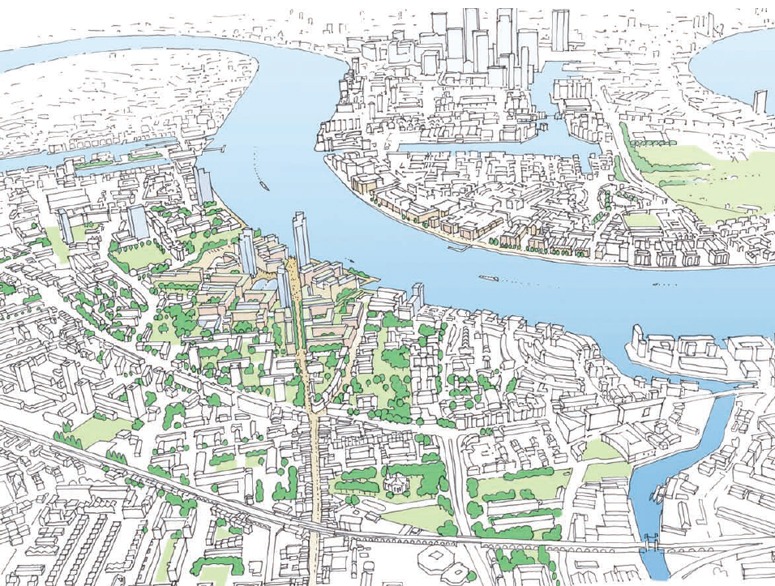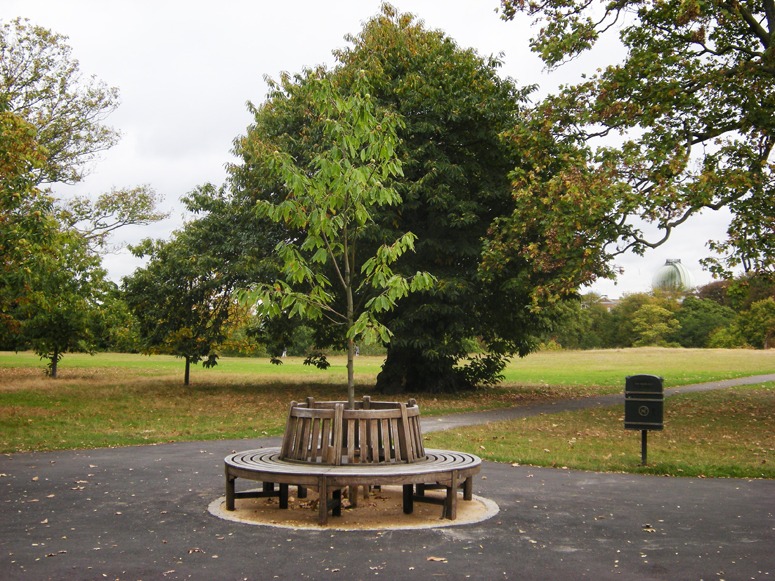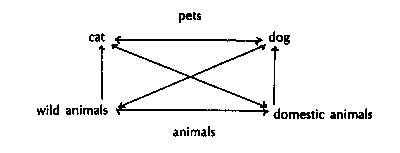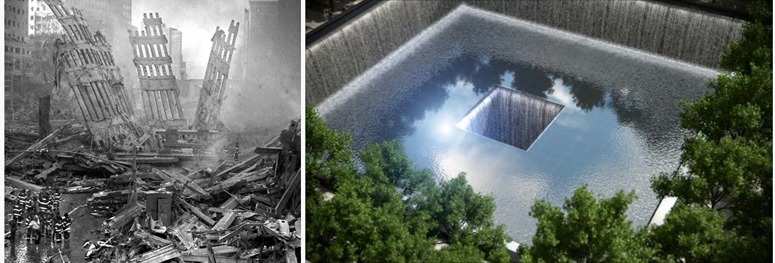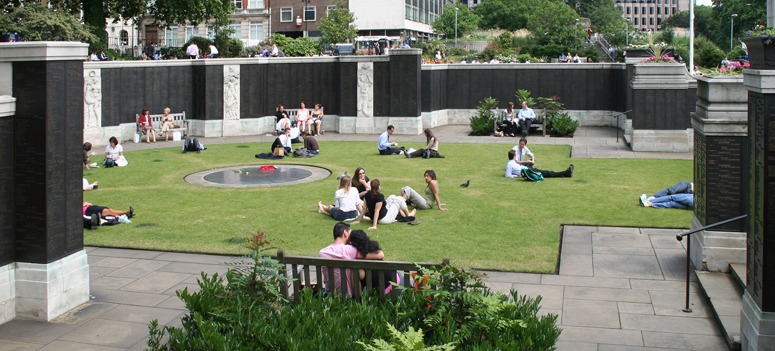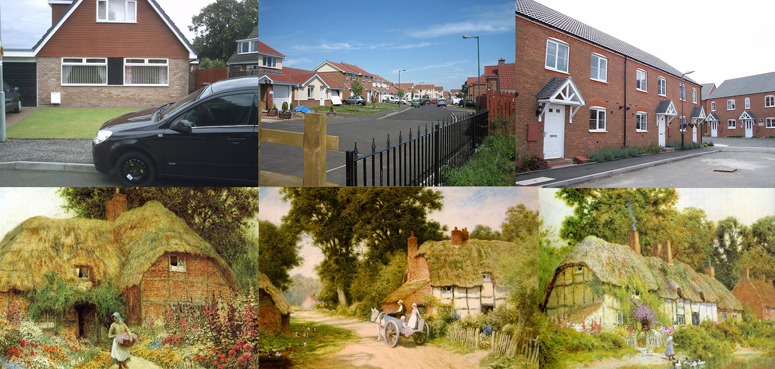The Isle of Dogs to Silvertown reach of the River Thames is becoming de-industrialised. This project looks 300 years back, 3 years forward, 30 years forward and 300 years forward. It has a musical theme, reflected in the cello playing, which envisages a succession of waterfront areas, with the tempo moving from fast to slow as the river flows east. The zones are linked by two greenway corridors: (1) a modulating waterfront greenway-blueway (2) an inland service corridor with a Highline-style greenway above, for sustainable green transport, shopping and leisure.
The project was done by University of Greenwich MA Landscape Architecture students in the autumn of 2011.
Category Archives: Landscape Architecture
Do all good gardeners believe in Santa Claus?
Of course they do!
John Evelyn's garden at Sayes Court and the Convoys Wharf Urban Landscape Master Plan
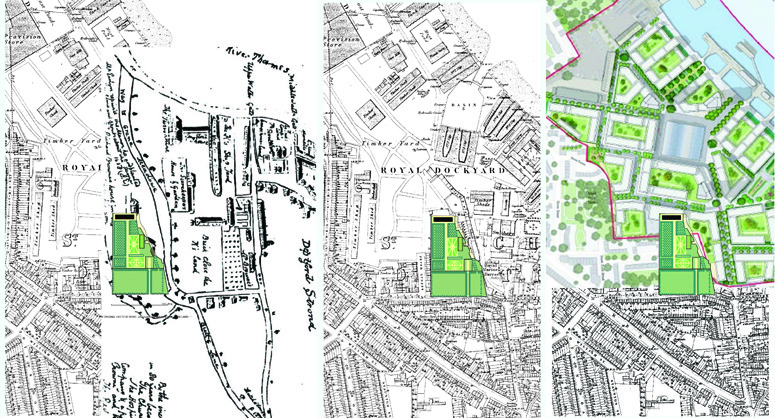
John Evelyn's garden superimposed on plans of the Convoys Wharf site in the seventeenth century, the nineteenth century and, one hopes not, the twentyfirst century
THEREFORE the Convoys Wharf site demands a context-sensitive urban landscape design.
Wikipamia shows the present condition of the Convoys Wharf site and the Sayes Court Estate. Also see the Convoys Wharf Planning Application Documents.
A new-to-become ancient tree was planted in Greenwich Park in 2011
9/11 Memorial Landscape Architecture
Since the minimalist squares of the 9/11 memorial are Platonic Forms, they seem closer to God than to Man. Plato’s forms were the universal perfect shapes which must exist before any particular forms can exist on earth. Does their use in a sunk space indicate that the victims of the 9/11 atrocity are destined for a perfect world? Or are they symbols that Death, Revenge and Destruction may also be Platonic Forms which shape the world? If the squares were simply the outlines of the Twin Towers they could be historical traces, like the outline of the old fortress on the Place de la Bastille in Paris. Repetition of the square motif with the pools makes them Platonic forms in my eyes.
Judging only from the photographs, I think the 9/11 Memorial is very beautiful and very moving. Its sustainability credentials are also admirable. But should it be a memorial to human folly, not to the essential eternal wonder of the creation. The pile of rubble on the right-hand photograph would have been a good aid to remembering the tragedy. If it was too dangerous and too big then it could have been 3D-scanned and cast it in steel salvaged from the ruins, at a reduced scale.
There are always other ways of looking at memorials. The 9/11 attack was a disaster from every point of view, injuring both the cause of the attackers and the cause of the attacked. My view is that the Americans should have behaved like a Christian nation and, with the greatest heroism, turned the other cheek. This would have made an immense contribution to the Christian virtues of purity, forbearance, ethical conduct and the rule of law. So I recommend the following interpretation of the 9/11 Memorial: it is a symbol of the lofty idealism for which everyone admires America at its best. It tells us how the nation should have responded to the 9/11 attack. A peaceful response might have dealt a crushing blow to terrorism everywhere, showing that sacrifice purifies the victim and vilifies the perpetrators. This would remind us that the War on Terror was a misconceived and badly executed blunder. So the deep truth in the 9/11 Memorial would be ‘Forgive us, O Lord, for we knew not what were about to do’.
Housing landscape architecture and planning
Would you rather live in the top row houses or the lower row houses? The top row gives you central heating, indoor toilets and no rising damp, no earwigs and few spiders. The lower row gives you peace, beauty, calm and sustainability.
The obvious thought is ‘Why can’t I have both?’ Well, perhaps you can, and modernising the lower row would probably be easier than de-modernising the top row. I think something went terribly wrong with the system which lays out new housing estates in the UK. The architecture is mundane but liveable. The external landscape is ghastly: too much roadspace, too much wasted land, too much impermeability, too many planning regulations, too much ugliness, too much engineering, too little sustainability, too little landscape architecture, mouldy little strips of ‘garden’. We need a housing revolution. The vested interests which control the system should be treated better than middle eastern dictators, but overthrown. Though not innocent, I do not see the motor car as the villain of the piece.
Images of British housing estates courtesy of : lydiashiningbrightly dkohara jimmy_macdonald

